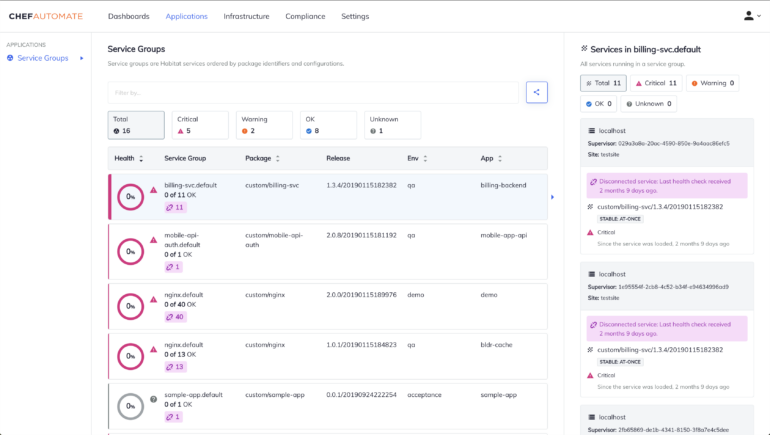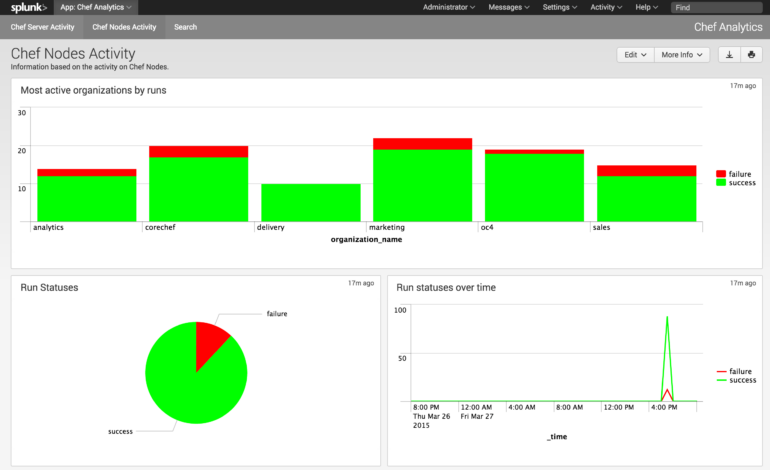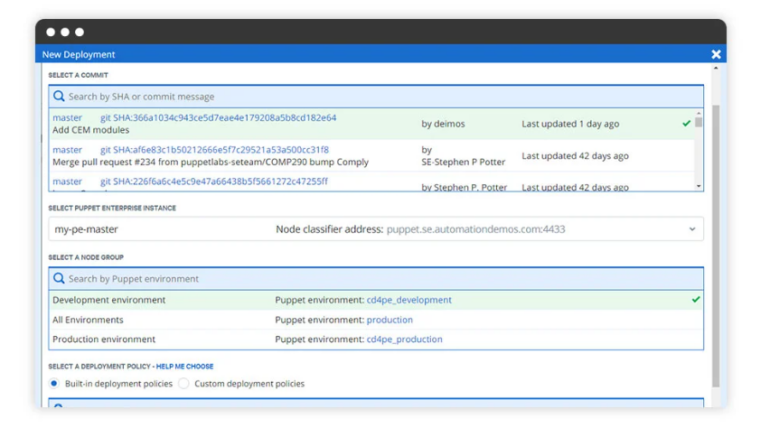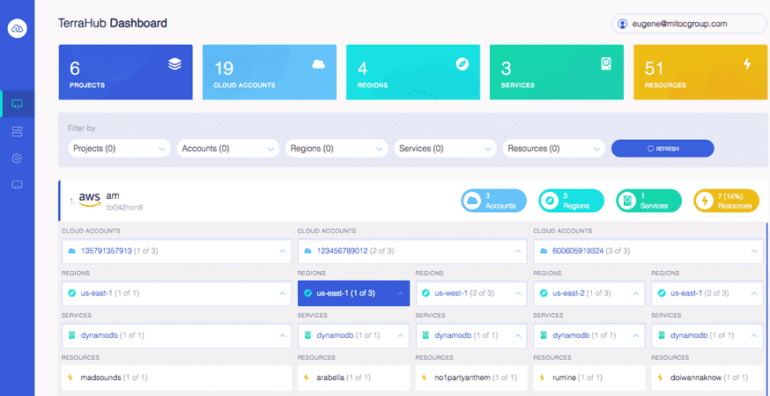
Chef (aka Progress Chef) is a configuration management tool that helps organizations streamline their workflows and achieve consistency and scalability via various infrastructure automation features. Is Chef the right choice for automating your IT infrastructure management? Keep reading to find out, as we will break down Chef in terms of its features, pricing, pros, and cons. We will also reveal some of the top Chef alternatives so you have options when shopping around for the ideal configuration management tool.
Jump To:
Chef was initially released in 2009 by Adam Jacob. He created the tool to overcome the obstacles associated with scaling and automating the management of complex infrastructure and application configurations. By focusing on infrastructure as code and automating configuration management, Chef was able to garner quite the following in the DevOps community over the years.
In 2020, Progress acquired Chef. After the merger, the configuration management tool was officially renamed Progress Chef. It now has a wide range of clients, including DevOps teams, software developers, system administrators, cloud and infrastructure engineers, IT operations teams, and more. Progress Chef serves organizations of all sizes and industries looking to automate the configuration management of their applications and infrastructure.
The following features are some of the reasons why Progress Chef has become such a popular configuration management tool within the DevOps community:
Chef utilizes infrastructure as code, which allows teams to use human-readable formats when describing desired system states. This promotes configuration repeatability, consistency, and version control. Chef also has system resource abstraction, which allows the tool to provide platform-agnostic infrastructure management. With Chef, you get support for various cloud platforms and operating systems.

True to its name, Chef uses recipes and cookbooks. Recipes define specific actions or configurations, while cookbooks serve as recipe collections. With Chef’s cookbooks, users can enjoy simplified management, code reusability, and modularity.
One of Chef’s biggest highlights is its large, loyal, and active community that has combined to create a massive ecosystem of modules, cookbooks, best practices, etc. The Chef Supermarket is where you can find plenty of pre-build cookbooks to accelerate your organization’s configuration management.

Lastly, Progress Chef is highly extensible, as it integrates with many of the top DevOps tools for added functionality. Chef integrates with popular repositories like GitHub, GitLab, and Bitbucket, CI/CD tools like Jenkins and CircleCI, provisioning tools like Packer, Vagrant, and Vault, and much more.
Progress Chef offers two primary avenues for purchasing its infrastructure configuration management product. The first is to buy directly from Progress Chef, choosing between on-premise and SaaS options. To do so, you will need to contact the company to get a custom quote that fits your organization’s needs. The benefits of taking this direct route are that you can access customizable bundles and services and flexible pricing while having support from dedicated customer success and sales teams.
The second purchasing option is to buy Progress Chef via marketplaces. This gives you the benefits of direct purchasing, plus perks like faster procurement and easier deployment. Take this route, and you can purchase Progress Chef from the AWS Marketplace or the Azure Marketplace.
Buy Chef from the AWS Marketplace, and you have two options:
Buy Chef on the Azure Marketplace, and you have three options:
The following pros are some of the biggest reasons why Progress Chef is such a popular infrastructure management tool:
If you prefer a configuration management tool with a large following that could come in handy when you need support and resources, you will find that with Progress Chef. Its many users that have been around through the years can help beginners get acclimated with Chef and fix any problems as they arise. Chef also shines in terms of flexibility. Since it adheres to a code-driven approach, Chef offers enhanced flexibility and gives you more control over your configurations.
Chef’s Knife tool is another pro worth mentioning. The command-line tool interacts with the Chef server, allowing users to upload cookbooks, manage environments and cloud resources, and more. Knife can also save the day when it comes to taking some of the tediousness out of installation. Lastly, Progress Chef is a very advanced configuration management tool that can handle even the most complex tasks, unlike some of its competitors, which are more geared toward tackling the basics.
Is Chef the perfect infrastructure management tool? No, as it does have some disadvantages or cons, such as:
Chef is a powerful configuration management tool, but to unleash that power, you will have to take time to learn how to use it. Progress Chef is quite complex, so even experienced professionals will find the learning curve steep. And even once you have practiced with it, Chef can still be challenging to use.
Beginners without programming experience will find Chef beyond their range, as it was designed for seasoned programmers. If you lack programming experience, you should take a Ruby course before giving Chef a try. And if you decide to try it, be prepared to pay a premium, as Progress Chef can get pricey for smaller teams with minimal budgets. Larger organizations with more capital may not have that issue.
Progress Chef is a flexible configuration management tool with a large community. And it has plenty of features and power to help users complete the toughest tasks. However, if you find yourself seeking Chef alternatives due to the tool’s steep learning curve, complexity, and price, here are some of your best bets.

Ansible is the ideal Chef alternative for those seeking a simple configuration management solution. Beginners and small to medium-sized teams should look into Ansible for its minimal adoption time and seamless setup.
You can learn more about Ansible’s features and its custom pricing options here.

Puppet is another Chef alternative that offers configuration management. Choose Puppet if you prefer a well-rounded user interface and robust reporting capabilities and want a strong community for potential support when needed, similar to Chef’s. Puppet offers custom pricing.
Learn more about the configuration tool’s features.

Terraform is another popular DevOps and infrastructure automation tool. The open-source Chef alternative excels in all cloud-based environments and is best suited for organizations seeking a strong cloud infrastructure management solution. Terraform is also a proper choice for teams with developers who are most familiar with the Go language and want to work with popular tools like Packer or Docker. Since Terraform is open source, the tool is free to use.
Progress Chef has many pros in its favor that make it a solid pick as a configuration management tool. It is flexible, offers plenty of control over configurations, comes with a large community for support, and is capable of handling complex tasks. However, since some may find Chef too complex with a steep learning curve and high price, do not hesitate to take a closer look at some of its alternatives listed above, as Ansible, Puppet, or Terraform may be better fits.